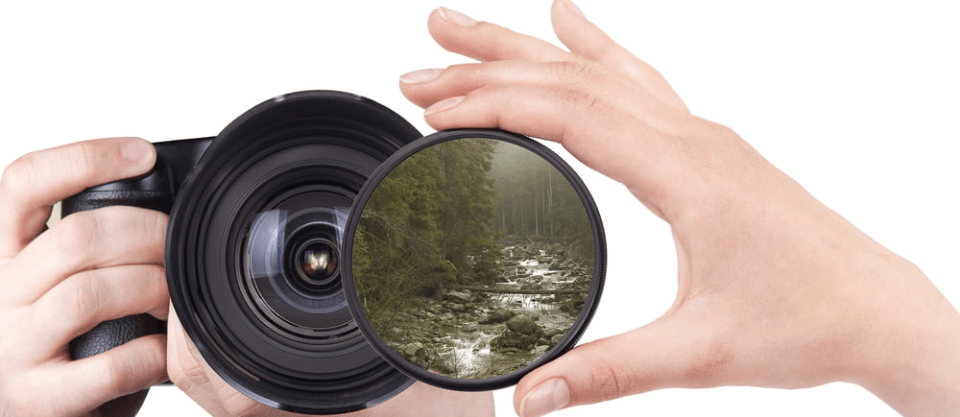
Demystifying Camera Filters
Camera filters can have multiple functions in digital photography. They are essential for capturing shots in poor light conditions, enhancing specific colours, reducing reflections and in protecting the cameras lens. Some photographers choose to use filters only in certain circumstances, while others rely on filters for their everyday work. Nonetheless they are used by Photographers and Videographers alike in order to enhance the photos and take them to the next level. Below is a list of some of the most commonly used filters and their functions.
UV Filters – These ultraviolet filters have multiple purposes, they protect the front element of a lens from dust, dirt, dampness and scratches. Higher quality UV filters can be permanently attached onto lenses and have minimum impact on image quality.
Polarizing Filters – These Filters are used to clean out polarized light. They can significantly reduce reflections and also boost colours and contrast within an image. They are suitable for various styles of photography but work particularly well for landscape shots.
Neutral Density – ND filters decreases the quantity of light entering the lens, therefore lowering the camera’s shutter speed. They particularly have a strong effect on motion blur, giving a seamless look to flowing water and rivers in landscape.
Warming/Cooling Colour Filter – Corrects colours within an image resulting in a change in the camera’s white balance. Some colour filters block certain tones and allow others to stand out more. These types of filters were popular for film, for example the film “Sleepy Hollow” was almost entirely shot with a blue filter so for the blood to appear red the liquid used had to be bright orange. These filters are seldom used in digital photography, as it’s easier to achieve their effects in post-processing.
Special Effects Filter – There are a select view of these filters available. Star filters make bright objects look star-like by diffusing the light; they work particularly well for portraits. Infrared filters block infrared and pass visible light. Bokeh filters have a precise shape cut in the middle of the filter that makes bokeh highlights all have similar shape.
Along with using physical lens filters, you can use filters within Photoshop. These filters can be used to touch up or repair your photos. You can apply special art effects that give your pictures the appearance of sketches and paintings, or create unique alterations using distortions and lighting effects. You can use build-in filters or apply specific ones by downloading the software and installing them to your device, these are known as plug-ins. Whether physical or post-production type filters are used, they are becoming more and more commonly seen in digital photography on the internet. They give pictures a newer depth and dimension, taking any level of photographer to the height of professional looking imagery.
Looking to sharpen your photography skills? Join our top-rated professional photography classes today!



